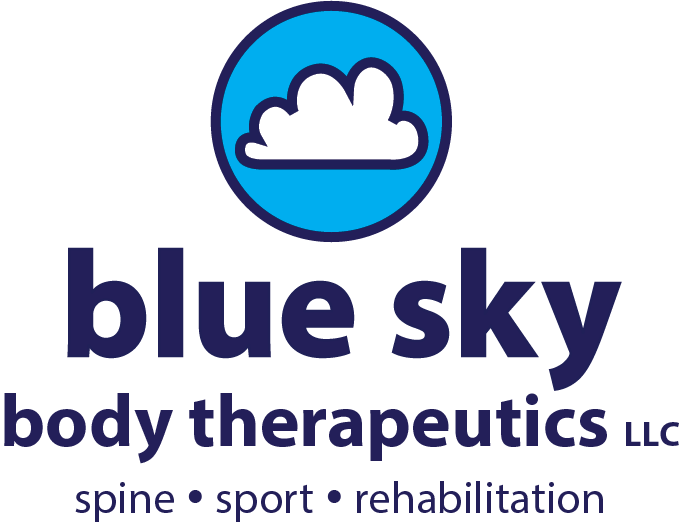Getting to the “Core” of Terminology
Words do matter. This came to light recently when we were brainstorming about our upcoming core / low back / pelvis workshop. We all come from various movement backgrounds and it quickly became apparent that we had contrasting terminology for the same concepts.
It seemed like we were on a different page, but then once we delved in a bit more we realized we actually were in agreement, but our perception of certain words were throwing us off.
One word that was really tripping us up during our brainstorming session was stabilization. One of us was picturing this as tension or bracing, others were thinking of it as an active engagement of stabilizer muscles.
It led me to think about all of the words people use vs. what concepts we’d like people to think of as we teach this workshop.
CONSTRICTIVE WORDS
bracing
tension
locking down
protection
stiffness
EXPANSIVE WORDS
stability
support
central stability
safety
dynamic stability
Think about the words above and what images they bring to mind, and what sensations they create in your body. Hopefully the words in the “expansive” column make you think of a dynamic, responsive stabilization. If not, let me know! I am truly curious as to what words resonate with you.
There is a whole science of cueing in the fitness industry, currently led by Nick Winkelman. He has noticed over the years that the right cue for the right person can make a huge difference in motor learning.
This makes me think of the word “core” which means a million different things depending on the context. In the traditional fitness world it means six pack abs, in pilates it means drawing in your belly button, in rehab circles it might mean bracing.
In Dynamic Neuromuscular Stabilization it means the canister created by the pelvic floor, diaphragm, transverse abdominals, and the tiny muscles along your spine called the multifidi. This is a dynamic canister that doesn’t involve tension but a coordinated engagement of the above structures.
I’ve started referring to this canister as the “internal” core so as not to be confused with bracing the muscles around the abdomen, which I’ve started calling the “external core”.
This explanation has helped folks from pilates and the traditional fitness world to understand that while stiffness serves a purpose, there is a deeper layer of stabilization that is often underused. We’ll be exploring these concepts in our upcoming workshop.





